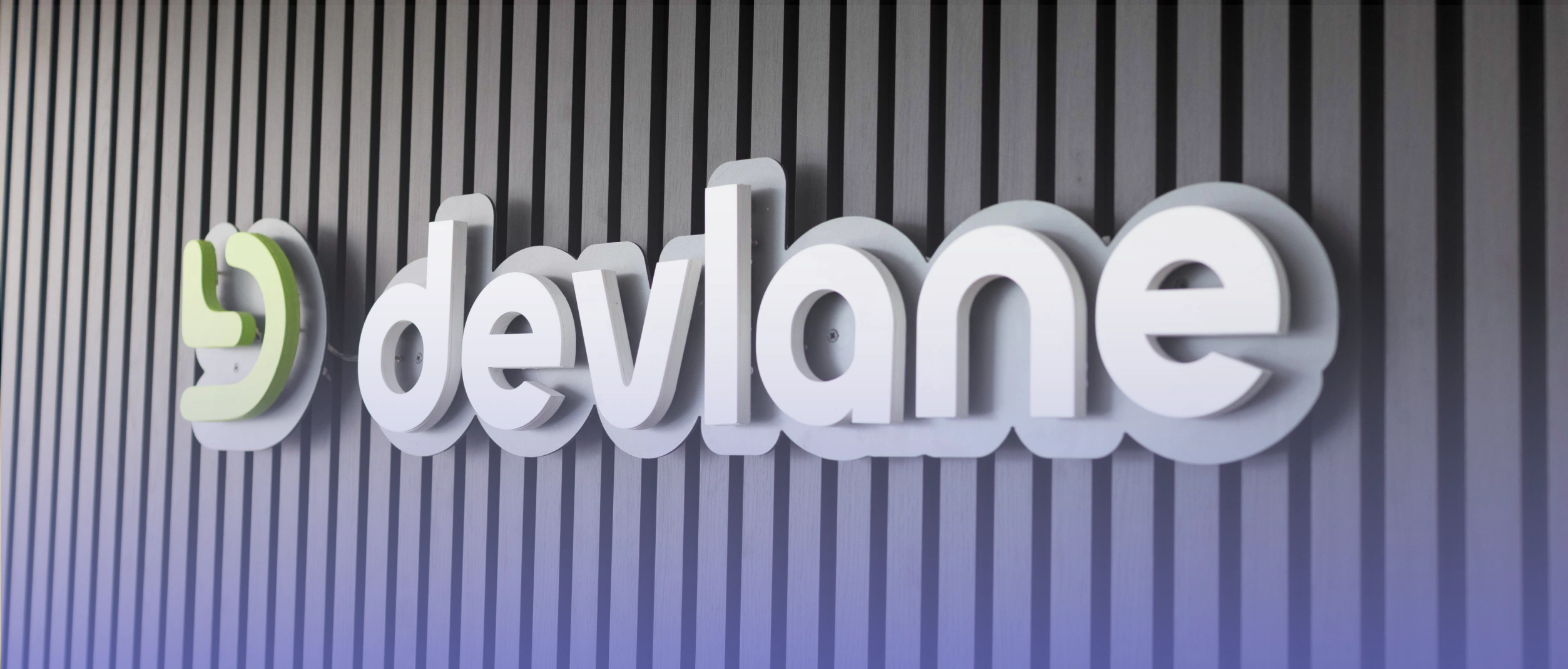Containers have been the center of cloud-native development for several years. Newer trends offer a more robust, scalable, and secure approach to cloud-native development.
This blog post will explore the latest trends in cloud-native technologies that go beyond containers, including serverless computing, service mesh, and Kubernetes operators.
Serverless Computing
Serverless computing is a cloud-native computing model that allows developers to run code without worrying about the underlying infrastructure.
In this model, the cloud provider manages the infrastructure and automatically provisions resources based on the application's needs.
The developer only pays for the actual usage of the resources rather than for a fixed amount of capacity.
Serverless computing has several benefits, including reduced infrastructure costs, increased scalability, and improved resource utilization.
It also simplifies application development and deployment by eliminating the need to manage infrastructure components like servers, networking, and storage.
AWS Lambda, Microsoft Azure Functions, and Google Cloud Functions are popular serverless computing platforms.
These platforms provide a wide range of integrations with other cloud services and programming languages, making it easy for developers to build and deploy serverless applications.
Service Mesh
Service mesh is a cloud-native architecture that manages communication between microservices in a distributed system. This architecture adds a dedicated layer of infrastructure to the network to handle service-to-service communication, offloading this responsibility from the application code.
A service mesh provides several benefits, including improved service-to-service communication, enhanced security, and better observability. It also allows for implementing advanced features like traffic routing, load balancing, and service discovery.
Istio, Linkerd, and Consul are popular service mesh platforms available today. These platforms provide a range of features and integrations with other cloud services, making it easy for developers to implement service mesh in their applications.
Kubernetes Operators
Kubernetes is an open-source container orchestration platform that has become the de facto standard for managing containerized applications in the cloud. While Kubernetes provides a robust and scalable infrastructure for running containers, it can be challenging to manage and maintain.
Kubernetes operators are a new trend in cloud-native technologies that address this challenge. Operators are software that automates everyday operational tasks in Kubernetes, like deployment, scaling, and updates.
Operators provide several benefits, including simplified management and maintenance, increased scalability, and improved reliability. They also allow for implementing advanced features like backup and disaster recovery.
The Operator Framework, developed by Red Hat, is a popular platform for building Kubernetes operators. It provides tools and best practices for building, testing, and deploying operators.
Conclusion
Cloud-native technologies have evolved considerably in recent times, and new trends have emerged that go beyond containers.
Serverless computing, service mesh, and Kubernetes operators are some of the latest trends that offer a more robust, scalable, and secure approach to cloud-native development.
These technologies provide several benefits, including reduced infrastructure costs, simplified management and maintenance, and improved scalability and reliability.
They also allow for implementing advanced features like traffic routing, load balancing, and service discovery.
As more organizations move towards cloud-native development, staying up to date with the latest trends and technologies is essential to ensure that your applications are scalable, secure, and future-proof.
By leveraging these new trends, developers can build and deploy modern applications that meet the demands of today's fast-paced and ever-changing technology landscape.
Other Blog Posts

What 2025 meant for Devlane: A year of growth and innovation








